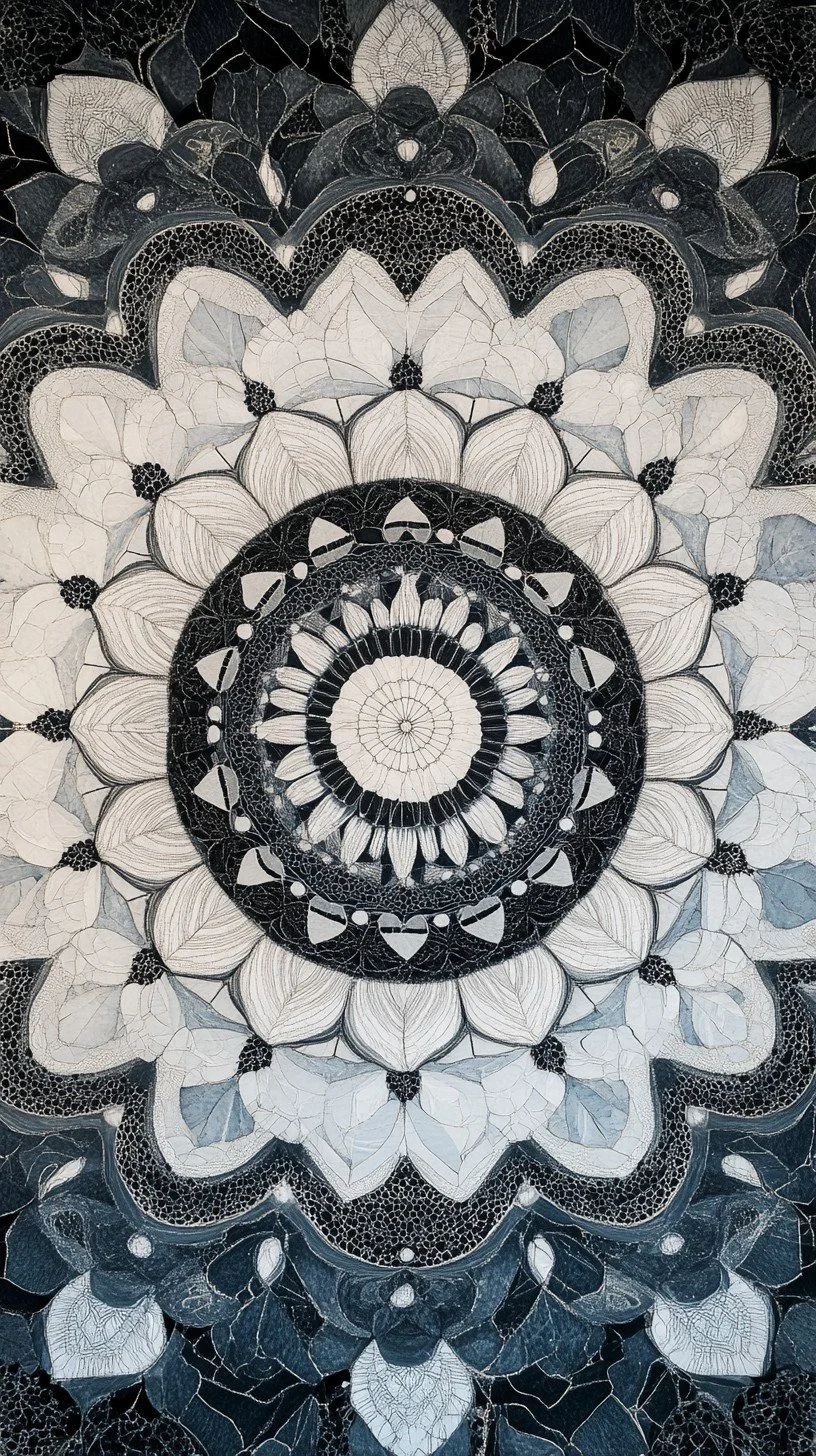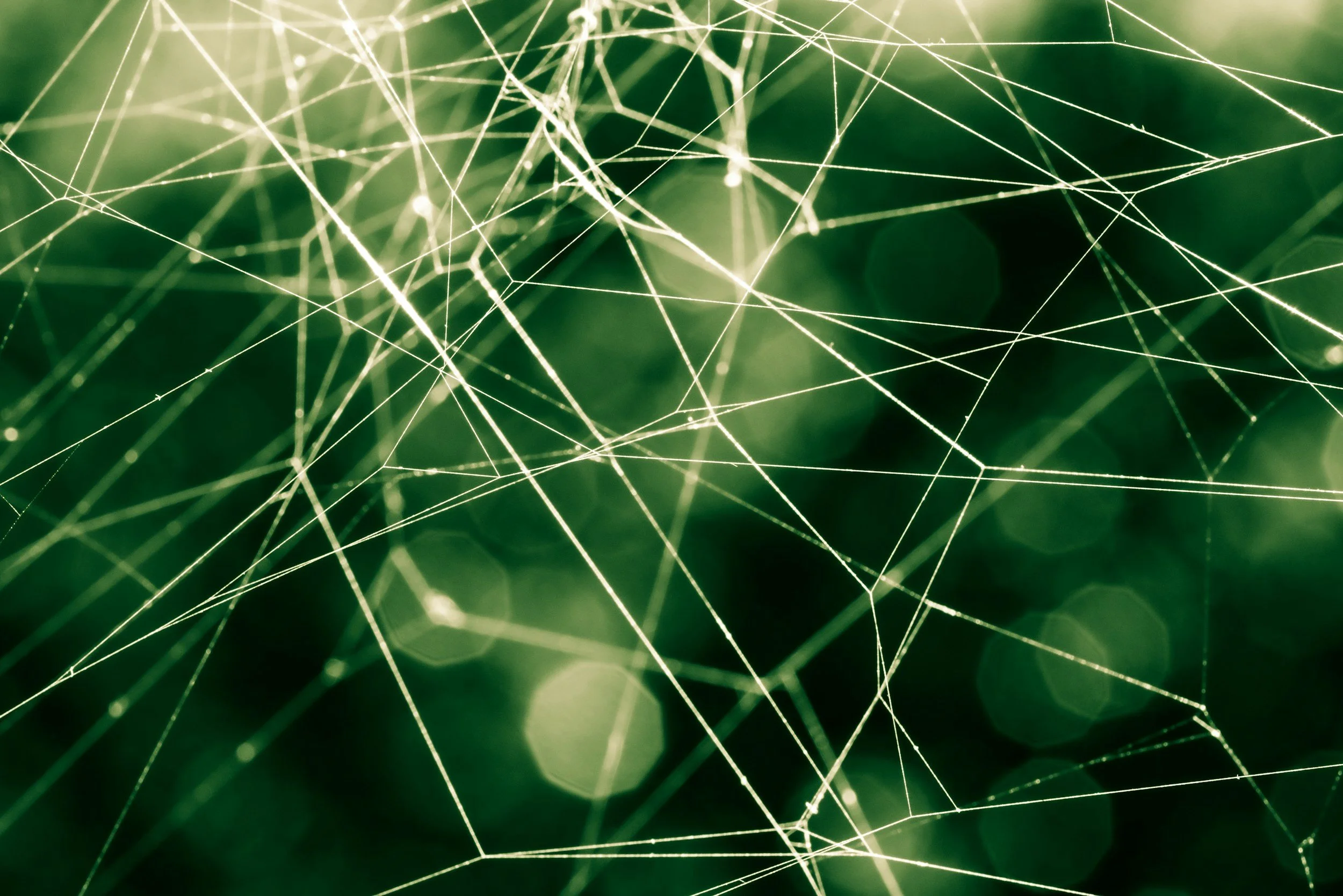
Past Features

A Review of Basic Research on Homeopathy by a Physicist
Volume 19 Issue 1
Author: Papiya Nandy
Homoeopathic medicine has been one of the world’s most widely practiced alternative therapies. However the scientific community at large has been challenged by the fundamental premise that the potency of a homoeopathic medicine increases with dilution and succussion (together termed as potentization). A recent hypothesis, advanced by us and others, is that due to the process of potentization, the size of the constituent particles decreases and eventually reaches nanodimension. This decrease in size with increase in potency has been verified by scanning electron microscopy and dynamic light scattering studies.
The increase in potency is manifested in its increased effect on membrane fluidity. The change in potency also leaves its signature on Ultraviolet–Visible spectra, Fourier transform infrared radiation spectra and Raman spectra. We have taken one step further to carry this nano‑dimensional property of homoeopathic medicine and put it into several technical applications. And in so doing, we have connected the important, long-standing, un‑quantifiable effects with the latest quantifiable technology and opened up an era of applications with more possibilities.
Keywords: Anisotropy, Characterization, Homoeopathy, Nanomedicine, Nano‑technology, Potentization

To Study the Efficacy of Homoeopathy in the Management of Irritable Bowel Syndrome (IBS)
Volume 19 Issue 2
by Dr. Parth Aphale, MD (Hom.)
Irritable Bowel Syndrome (IBS) is defined as a gastrointestinal (GI) disorder characterized by altered bowel habits and abdominal pain in the absence of detectable structural abnormality. (Ref. Harrison)
IBS causes a great deal of discomfort and distress, but it does not permanently harm the intestines. Most people can control their symptoms with diet, stress management, and prescribed medications. For some people, however, IBS can be disabling. They may be unable to work, attend social events, or even travel short distances.
30 cases of IBS were studied satisfying the case definition. Observations with respect to age, sex, occupation and remedies were documented and the efficacy of homoeopathy was analyzed. The conclusion is that homoeopathy is useful in treating cases of IBS.
Keywords: IBS, Structural Abnormality, Homoeopathy, Intestines.

Solving the Homeopathic Puzzle One Step at a time: Adaptive Network Nanomedicine
Volume 19 Issue 1
by Iris R. Bell, MD PhD
What is a homeopathic remedy? What is a homeopathic potency? How does a remedy act?
Those questions have fascinated proponents of homeopathy and mobilized the doubts of skeptics for over two centuries. In recent years, various researchers have finally begun to discover important scientific clues to answer these questions.
Do we have the final answers? Not yet, but we do have valuable new insights and advances. In our research group, we have summarized our understanding of the available scientific evidence into what we call the “adaptive network nanomedicine” model for homeopathy.

Thesis on the Essence of Infectious Diseases and Pathogens
Volume 18 Issue 2
by Torako Yui, Ph.D.Hom, Tokyo, Japan
We are surrounded by countless microbes - bacteria, viruses, fungi, etc. But pathogens, or agents which can infect and do bad things to humans, are only a few among them. We have to think why one could be pathogenic and the other could not be?
Pathogens originally have a principle, called ‘species specificity.’ That is, pigs are infected only from pigs, chickens infected only from chickens and humans infected only from humans. It is a fundamental principle that pathogens which infect pigs do not infect chickens or humans; and visa versa, pathogens which infect humans do not infect pigs or chickens. The much-hyped new strain of influenza, H1N1 in 2009 was initially influenza in pigs (swine flu). However, it was originally impossible that humans could contract influenza from pigs..
This article explores these questions of species specificity, susceptibility and miasms. And further contemplates the potential animalization of humans through vaccines.
Keywords: Species Specificity of Pathogens, Susceptibility, Animalization of humans, Mold, Souls of organisms, Values, Miasms, Constitutional frailties, Inner child, Three dimensional prescription.

Anamnesis in Children: The Importance of the Maternal State during Pregnancy
Volume 18 Issue 1
by Dr. Jayesh Dhingreja M.D. (Hom). M.Sc. (Counseling Psychology)
The article discusses the importance of anamnesis in pediatric cases. The author highlights the effect of the mother’s state during pregnancy on the health of the fetus and its long term consequences. The article further gives guidelines for eliciting the mother’s state during pregnancy and how the obtained information can be utilized for a successful homeopathic prescription in pediatric cases.
Key Words:
Anamnesis; Pregnancy; Fetus; State.

The Art of Prescribing and Study of Materia Medica
Volume 17 Issue 2
by Richard Pitt
The following essay is extracted from a new book: Comparative Materia Medica: Integrating New and Old Remedies by Richard Pitt. The book explores how to study materia medica and the art of remedy study and differentiation. An example of one remedy (Aurum metallicum) is taken which shows how remedy knowledge and differential comparison is categorized into three themes: intrinsic, compensated and decompensated, which are identified with the three main miasms: psora, sycosis and syphilis.
In Aphorism 3 of the Organon of Medicine, Hahnemann states that in order to cure disease, we must know what is to be cured in disease, what is curative in medicines and how to adapt the medicine to the person who has the disease. It sounds simple enough and yet this proves to be challenging for all homeopaths.

Materia Medica: Standing on Shifting Sands
Volume 17 Issue 2
by Frans Vermeulen
Is homeopathy an art or a science? Of the many definitions of science, the Academic Press Dictionary of Science & Technology presents the following: 1. The systematic observation of natural events and conditions in order to discover facts about them and to formulate laws and principles based on these facts. 2. The organized body of knowledge that is derived from such observations and that can be verified or tested by further investigation. 3. Any specific branch of this general body of knowledge, such as biology, physics, geology, or astronomy.
By this definition, homeopathy qualifies as a science. The French physiologist Claude Bernard [1813-1878] has been called ‘the father of modern experimental medicine.’ A proponent of ‘conventional’, i.e. compartmentalized, reductionist, mechanical-chemical medicine, Bernard uses a third person to say: “A modern poet has characterized the personality of art and the impersonality of science as follows: Art is I; Science is We.”
It seems that homeopathy is both. That being so, how does the art and science in homeopathy present itself? This article explores whether homeopathy is “art or science, clinical or proving, classic or modern”.

Systemic and Mindful: An Integrative Process of Homeopathy and Psychotherapy for Self-Fulfillment
Volume 17 Issue 1
by Kenneth Silvestri Ed.D., CCH
What follows is an example of how I work as a systemic therapist having had a private practice for the past thirty years and integrating it with classical homeopathy over the last fifteen years. Although I don’t expect you to replicate my process, I share it in order for you to take what may be useful whether as a therapist, homeopath, or just an inquiring mind. I have done this many times, learning from others relevant to my individual temperament and style. In the end we are all connected and interacting on this planetary journey.

The Scourge of Humankind: The Treatment of Spectrum Cholera in Haiti
Volume 16 Issue 1
By Eduoard Broussalian
The author describes his experience with the homeopathic treatment of cholera at a hospital in Port au Prince, Haiti. The genus epidemicus, Phosphorus, proved exceptionally useful. After a dose of Phosphorus 200C, administered with a spray, the condition of most patients improved rapidly and their hospital stay was greatly shortened.
Key Concepts: Cholera, Cuprum, epidemic, genus epidemicus, Phosphorus, key symptoms, Veratrum, Vibrio cholerae

A Letter from Africa
Volume 15 Issue 2
By Jeremy Sherr
On the 17th of November 2008 Jeremy Sherr moved to Tanzania. Three months later his wife Camilla and their three small children followed. This was the beginning of a new chapter in their life, their mission to treat AIDS in Africa with classical homoeopathy. At the time he had no idea where they would live, how to open new clinics and what obstacles would stand in their way.
This ‘letter’ describes his work and life in Africa.

An Overview of Lyme Disease an its Connection to the Ericaceae Family
Volume 15 Issue 1
By Harry van der Zee
Harry van der Zee describes the symptoms and pathology of Lyme disease and discusses the role of the Ericaceae family in the treatment of this disease.

Remedy Profiles: A Method of Integrating Classical and Innovative Understandings of Homeopathic Remedies
Volume 14 Issue 2
By Loretta Buttehorn
In recent years, there has been a fierce and exciting dialogue that has blossomed within the homeopathic community considering what had been called classical and innovation homeopathy. In many ways, the debate hinges on the manner in which the practitioner determines the nature and qualities of the remedy and the steps taken to find the client /remedy match. In this article, we will look at a method of studying remedies which incorporate both traditional classical and innovative approaches. What are all the things we know about this remedy from every perspective in order to fully appreciate its essence.

The Gems
Volume 14 Issue 1
By Peter Tumminello
The information in this article is gathered from 10 years of proving experience and 16 years of prescribing these medicines clinically. Over those 10 proving years a core group of 10 individuals and sixty-six others who attended between one and six provings worked to produce the foundation material which underpins all that I and my associates have written in ‘Twelve Jewels’. In addition to this, many hundreds of hours were spent in discussing, distilling, analyzing and understanding this material in the light of long term experience and the application of the remedies in a clinical setting.
This produced a deeper understanding and the ability to write about these medicines in a grounded and penetrating way in all the arenas that comprise the human epic: physical, emotional, mental and spiritual. The results have been gladdening to all who receive and prescribe them with due attention to their enormous healing and transforming potentials.

Healing Humanity with Homeopathy - Homeopathy for Epidemics, Collective Trauma and Endemic Disease
Volume 14 Issue 1
By Harry van der Zee, MD
Homeopathy has proven to be a potent and effective system for healing individuals because individualizing each case is the essence to its methodology. Homeopathy’s greatest asset, though, appears to be in individualizing treatments for larger totalities, such as epidemic diseases. This article presents early, pilot explorations of these possibilities in today's world, extending homeopathic interventions to address endemic chronic diseases and collective psychological trauma as well as epidemic diseases.

Creative Inquiry
Volume 13 Issue 2
by Alphonso Montuori
Discussed in this article are two educational models; the “Reproductive” and the “Narcissistic,” and a proposed alternative called “Creative Inquiry”. In Creative Inquiry the goal is to honor the passion, creativity, and transformative process that can be a central part of inquiry. Creative Inquiry views the academic as transformative, and the transformative as grounded in the academic.

Natural Philosophy, Homeopathy in Wider Context
Volume 13 Issue 1
By Peter Fraser
Classical Homœopathy as a discipline has many unusual or even extraordinary properties. As a science it has a deep and strict adherence to scientific principles yet it is regarded by conventional science as beyond the scientific pale. On the other hand, as an alternative practice it is regarded as too rigorous and prescriptive by many alternative practitioners.
This article investigates how homeopathy differs from both conventional and non-conventional thinking. And further, how we can find solutions to many of the problems that we face with this understanding.

A Global Threat to Complementary and Alternative Medicine?
Volume 13 Issue 1
By Carol Boyce
The article details how the current issues threatening homeopathy in the UK, threaten all CAMs, cross national borders, and are set to affect all countries in the near future.
The author highlight many areas of concern including actions by Codex, the World Trade Organization (WTO), Big Pharma and the FDA , outlining the mounting global monopolization of power.

Miasm
Volume 12 Issue 2
By Roger Morrison MD
Hahnemann had a special understanding of the word miasm. Miasm is understood to be a derangement of the vital force that predates and is more fundamental than the current illness the patient suffers from. Though in the practical application, there is much confusion and debate.
The article addresses some fundamental challenges of miasmatic theory:
No general agreement about the need for the miasmatic concept nor the characteristics of the various miasms.
No agreement about which remedies apply to which miasm.
Modern homeopaths use miasmatic relationships in a limited way.
How do we understand the proposed new miasms and how do they differ from the original three: Psoric, Sycotic and Syphilitic.

Provings, Phenomena and Practice: The Evolution of Homeopathic Knowledge
Volume 12 Issue 1
By Richard Pitt
Knowledge of medicines - as taken from Hahnemann’s 3rd aphorism - is a key in our development as homeopaths. The evolution of our materia medica is perhaps the clearest example of how our knowledge has evolved in the last 100 hundred years. From 80 remedies in Hahnemann’s and Boeninghausen’s time, to 200 remedies by the time Hering practiced, to today’s total hovering between 2,000 – 3,000 remedies, this is a key area in which homeopathic knowledge has grown.
However, the quantity of information does not always relate to quality. One of the main tasks we face as practitioners is navigating our way through this sea of information and hopefully finding some solid ground to prescribe on. As classical homeopaths, we mostly agree with the fundamentals of homeopathic philosophy laid down by Hahnemann – one remedy, minimum dose, the whole person, integrating mind and body – this we know and we hold true, yet when concerning the knowledge of medicines, we have seen a wide divergence in thinking and practice. Exploring the reasons for this development reveals interesting things about homeopathy and each of our contribution to its evolution.

Systems of Homeopathic Thinking - The challenges of teaching homeopathy today
Volume 12 Issue 1
by Jo Daly, CCH
Having been teaching homeopathy and designing curricula for almost 20 years, I have had the valuable opportunity to work with and observe students in a number of schools in North America and the UK. One of my passions has been to understand the needs of homeopathic students and to adjust the content and style of curricula to meet their needs as prospective practitioners of the healing art.
The teaching of homeopathy in the United States today is a random, uncontrolled event not dissimilar to the Wild West and despite the efforts of the CHC and CHE to bring standards to education, there is little agreement yet about adherence to any standard in the profession.

